SciArt profiles: Elisabeth Kugler
Posted by the Node, on 28 July 2021
In our ninth SciArt Profile of the series, we meet Elisabeth Kugler, a scientist at the interface of biology and biomedical image analysis, who is currently a Postdoc at the UCL Institute of Ophthalmology in the laboratory of Dr Ryan MacDonald.
Where are you originally from, where do you work now, and what do you work on?
I am originally from Austria, where I also did my undergrad in biology. After that, I did a MSc in molecular biology in Austria and interned in various labs, including The European Molecular Biology Laboratory EMBL Heidelberg. For my PhD, I moved to Sheffield, to study cerebrovascular development. For my Postdoc, I am working at UCL, studying neurovascular unit formation in the zebrafish retina. To achieve this, I am combining experimental research with computational modelling to understand the biological processes that underpin development and disease.
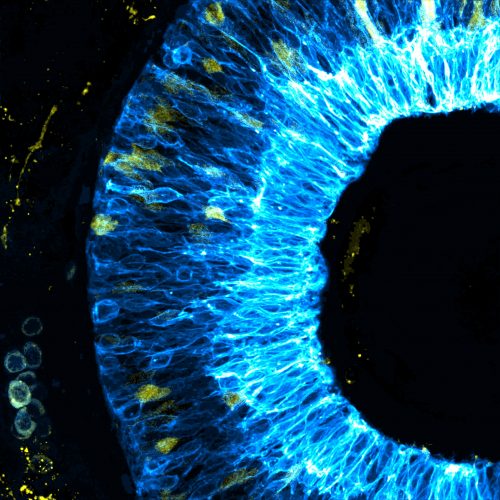
Has science always been an important part of your life?
I have always loved nature, plants, and animals. At home, we always had loads of books, stones, fossils, and other collections. A key element in my decision to go into STEM was my biology teacher in high school who loved his role and was a fantastic teacher. For his classes he used to bring in spiders, fish, and flowers for us to study. My love for STEM was reinforced over the years and it allowed me to learn many wonderful things, meet great people, and live in different countries.
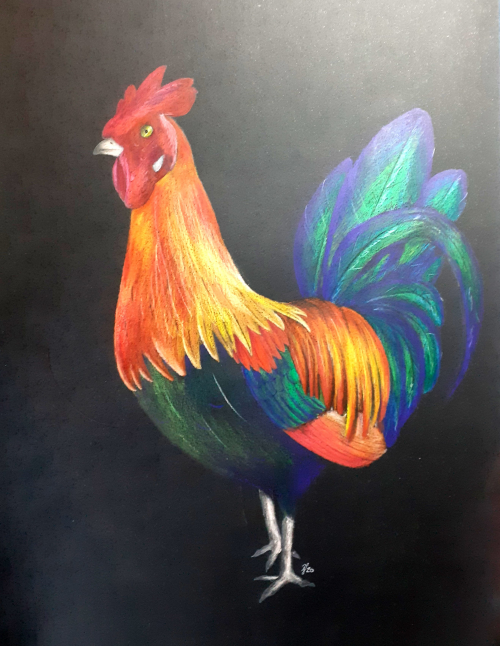
And what about art – have you always enjoyed drawing/painting/etc?
My mother would tell you that I was always covered in some form of paint or colour, before I could even stand! So yes, I always enjoyed experimenting with colours/art and I am extremely grateful that growing up my family embraced this and supported me.
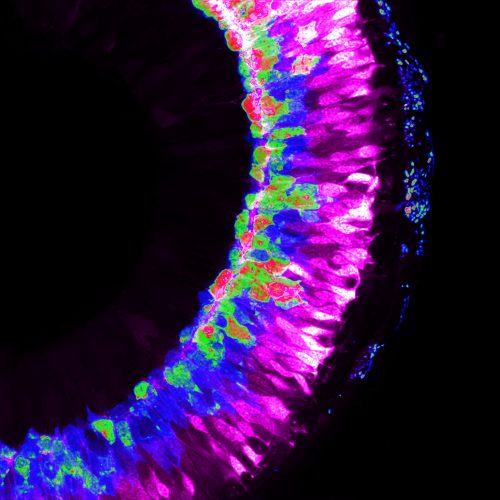
What or who are your artistic influences?
Nature is probably my biggest influence; be it through a microscope, camera, or most recently a telescope. To me there is nothing as inspiring as the natural things surrounding me.
“There is nothing as inspiring as the natural things surrounding me”
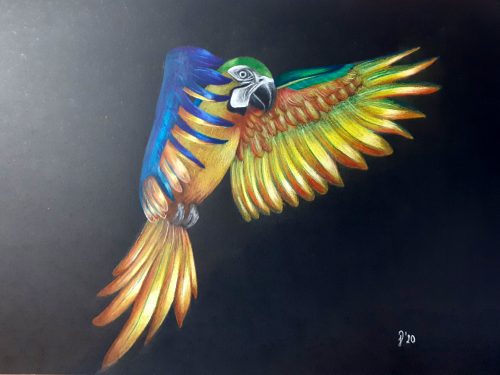
How do you make your art?
For me, making art is the time where I do not have to be as rigorous as I am in my work life. So, I spend a lot of time experimenting rather than following one style/practice, e.g. currently I am exploring painting acrylic landscapes on canvas, drawing animals with colour pencils, and drawing monochrome objects with different perspectives. In 2020, I adopted a more structured approach, but I think the seemingly “unstructuredness” and chaos in itself is very enjoyable.
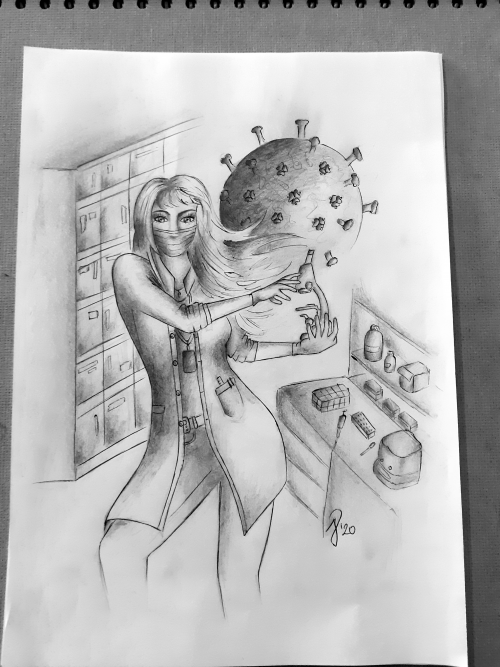
Does your art influence your science at all, or are they separate worlds?
The experiments conducted in the lab are very data-driven with the need to adhere to protocols et cetera, so there is little room to be creative. However, communicating and presenting data is the other half of science; and for me this is where I can be creative. Working with images and microscopy data, the data themselves are highly inspirational to me.
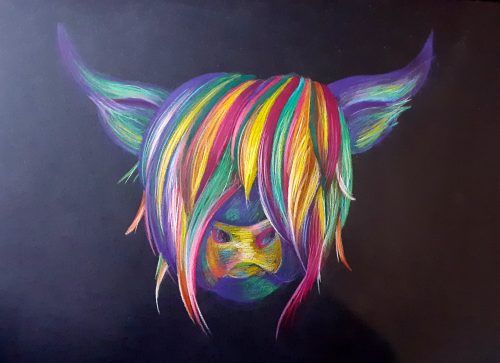
What are you thinking of working on next?
Currently I am working on a painting of the zebrafish brain vascular architecture colour-coded by depth and an autumn landscape on canvas. I constantly look at ways to improve my photography skills and just recently started to explore astrophotography.
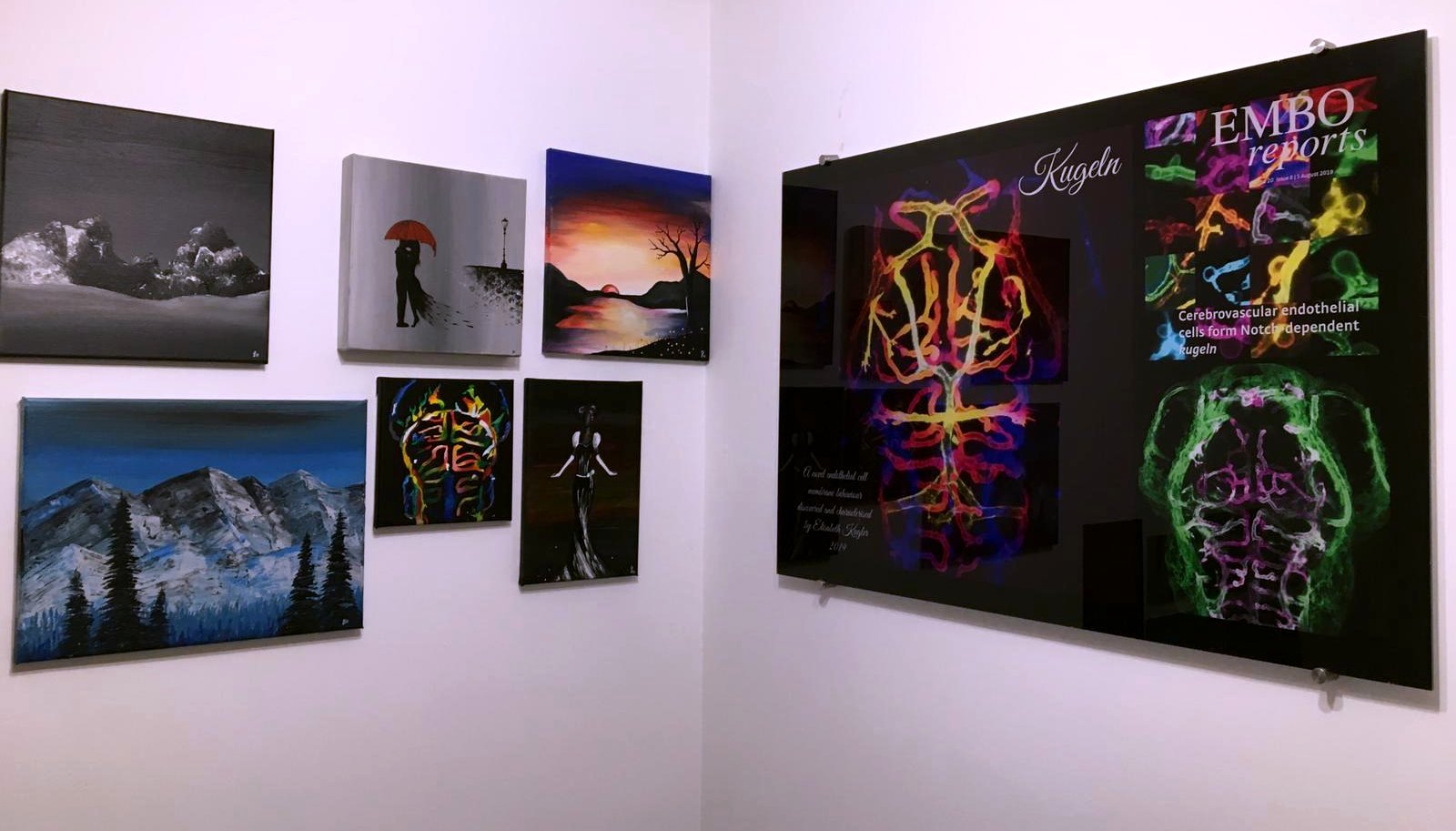
Check out Elisabeths’s website www.elisabethkugler.com and Twitter page @KuglerElisabeth
We’re looking for new people to feature in this series throughout the year – whatever kind of art you do, from sculpture to embroidery to music to drawing, if you want to share it with the community just email thenode@biologists.com (nominations are also welcome!).


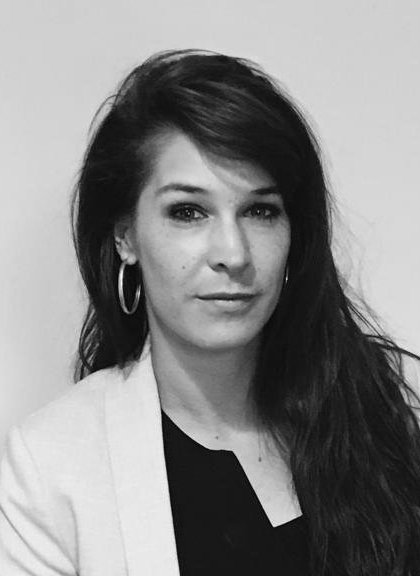
 (2 votes)
(2 votes)